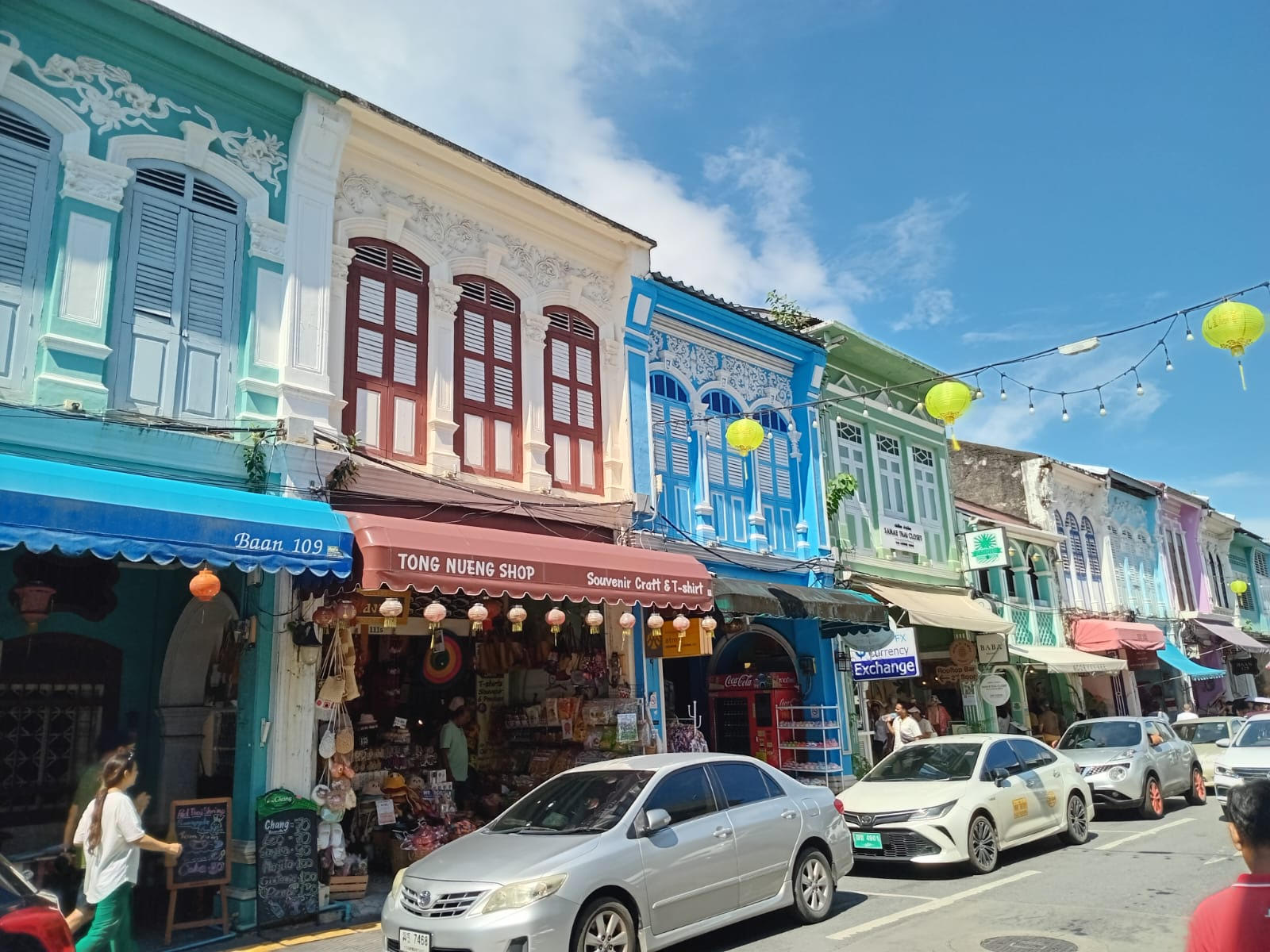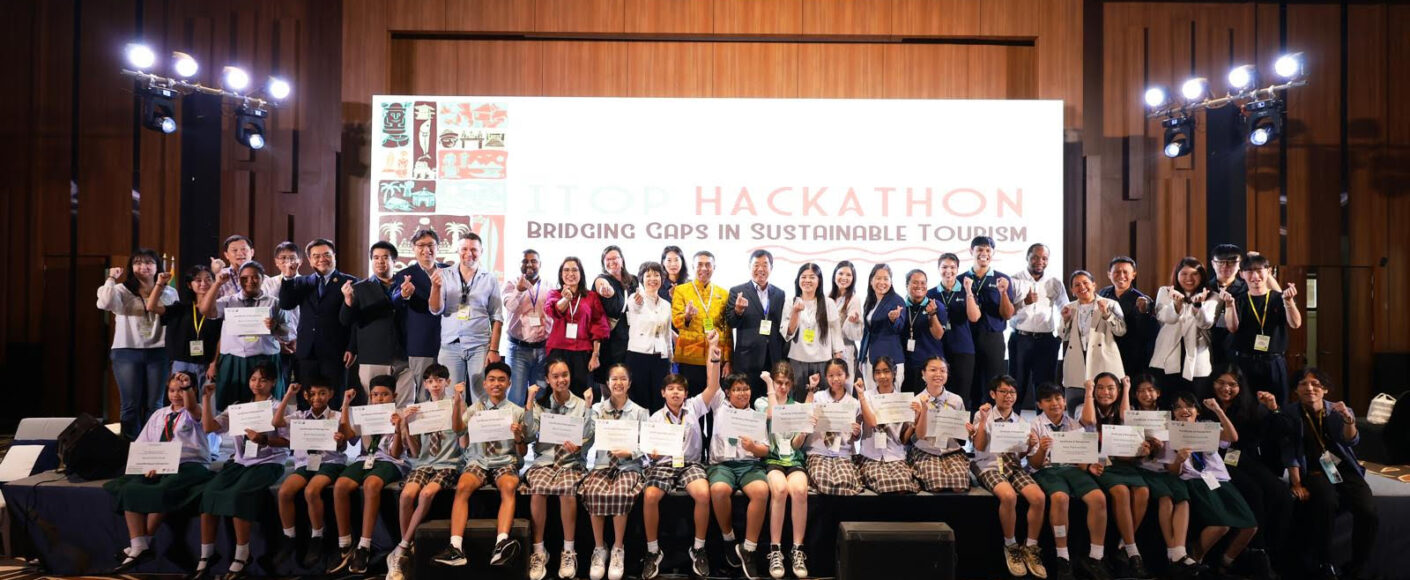Kids Tackle Environmental Sustainability at ITOP Forum Phuket 2024
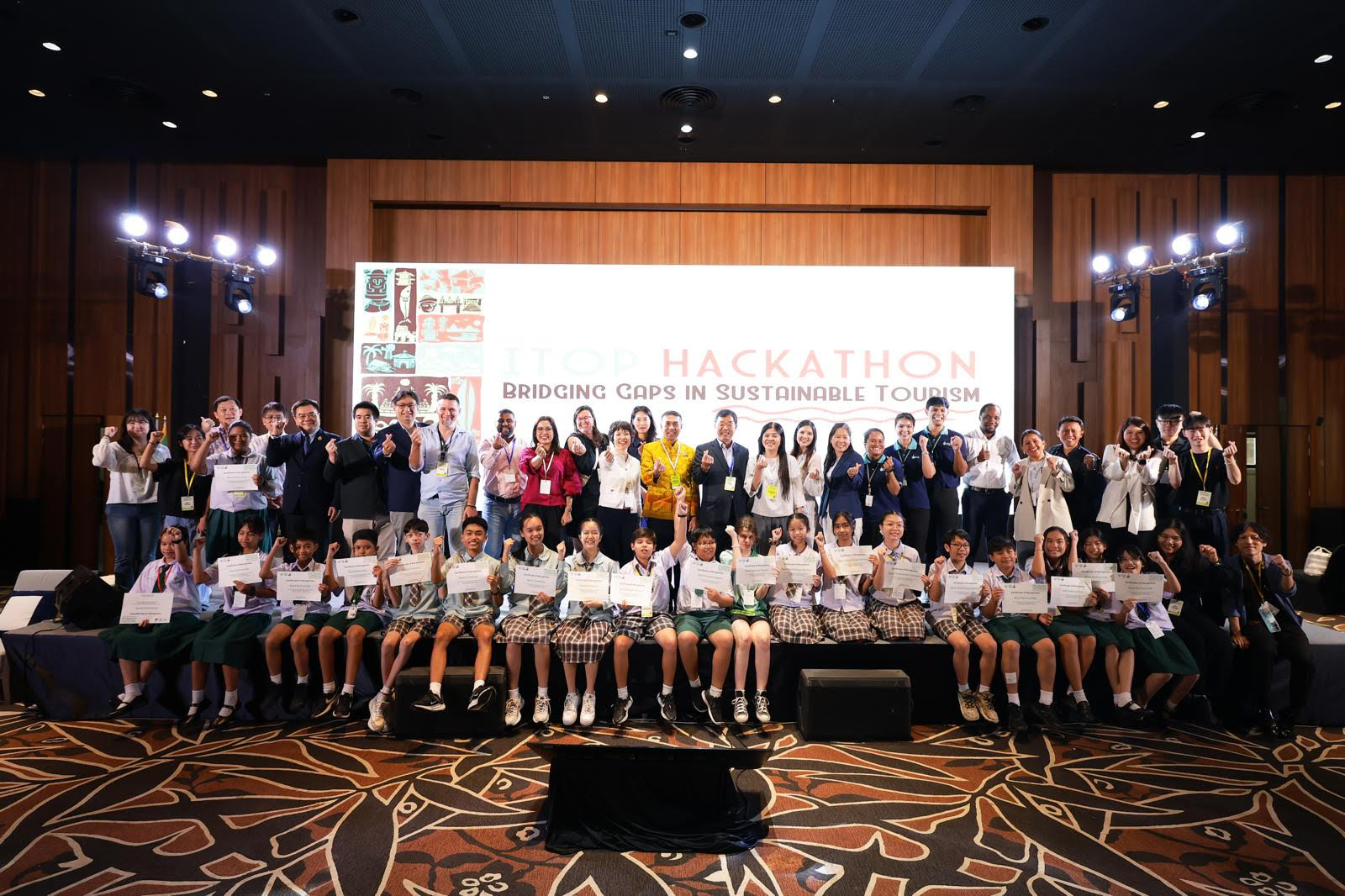
“How many people in Thailand are killed by sharks every year?” asked Tyler Leigh Legge, a 14-year-old student of Phuket’s Kajonkietsuksa School, stunning the audience at the ITOP Forum in September this year.
The Inter-Islands Tourism Policy Forum (ITOP) is an international event with 10 member countries and three observer nations. Among the 2024 delegations were the Jeju Government, Hainan Province, Zanzibar, Province of Cebu, Ministry of Tourism and Heritage, the Bali Government Tourism Office, and others.
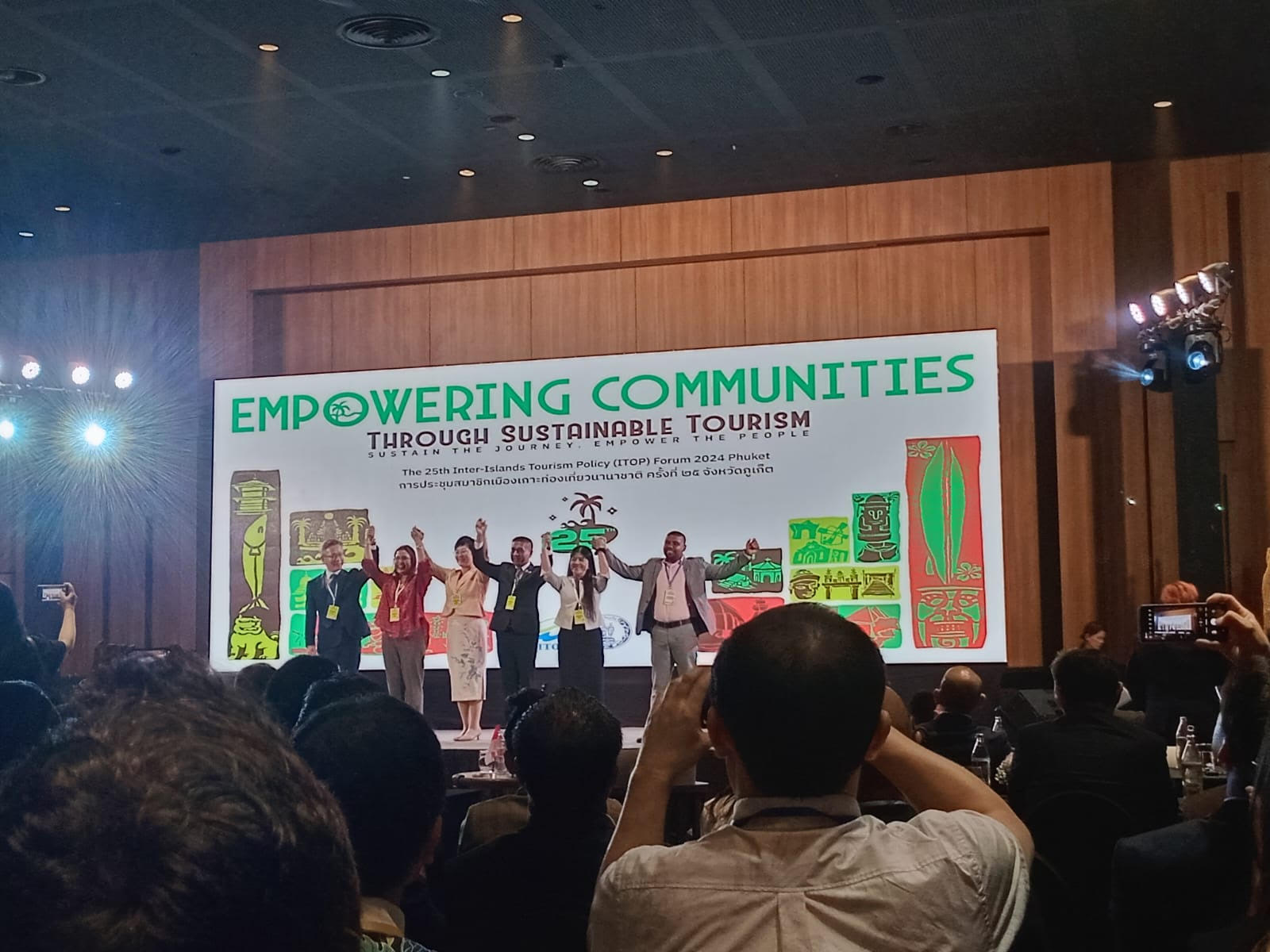
Phuket hosted the annual conference for the second time. High on the agenda for this year, ITOP’s 25th anniversary, were environmental issues such as preservation of biodiversity. For the occasion, local schools were invited to participate in a Hackathon, where students in their teens were given a topic to prepare a sustainability-related presentation within 24 hours.
I attended the forum held at Pullman Phuket Karon Beach Resort, and was impressed by the students’ creativity.
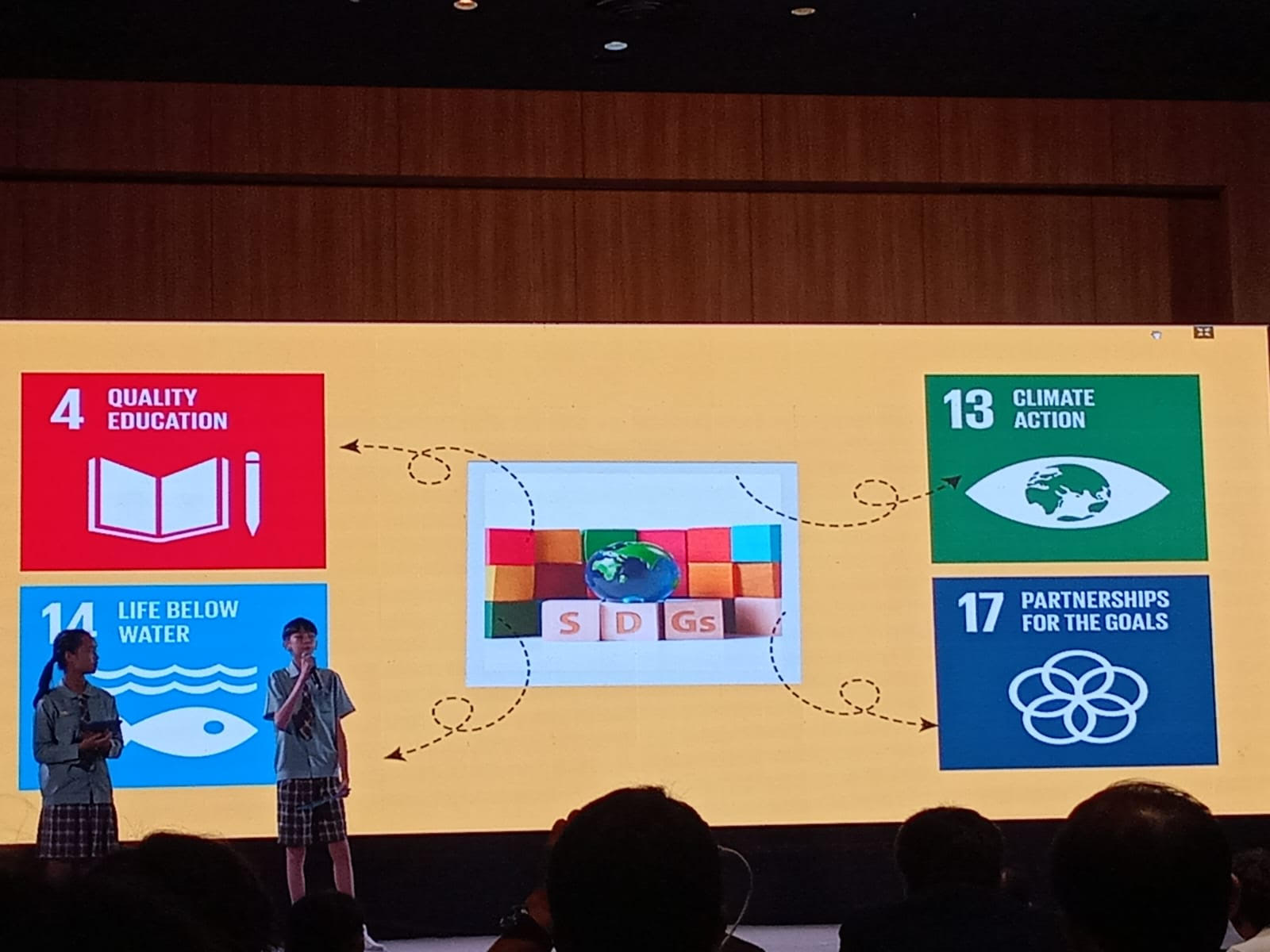
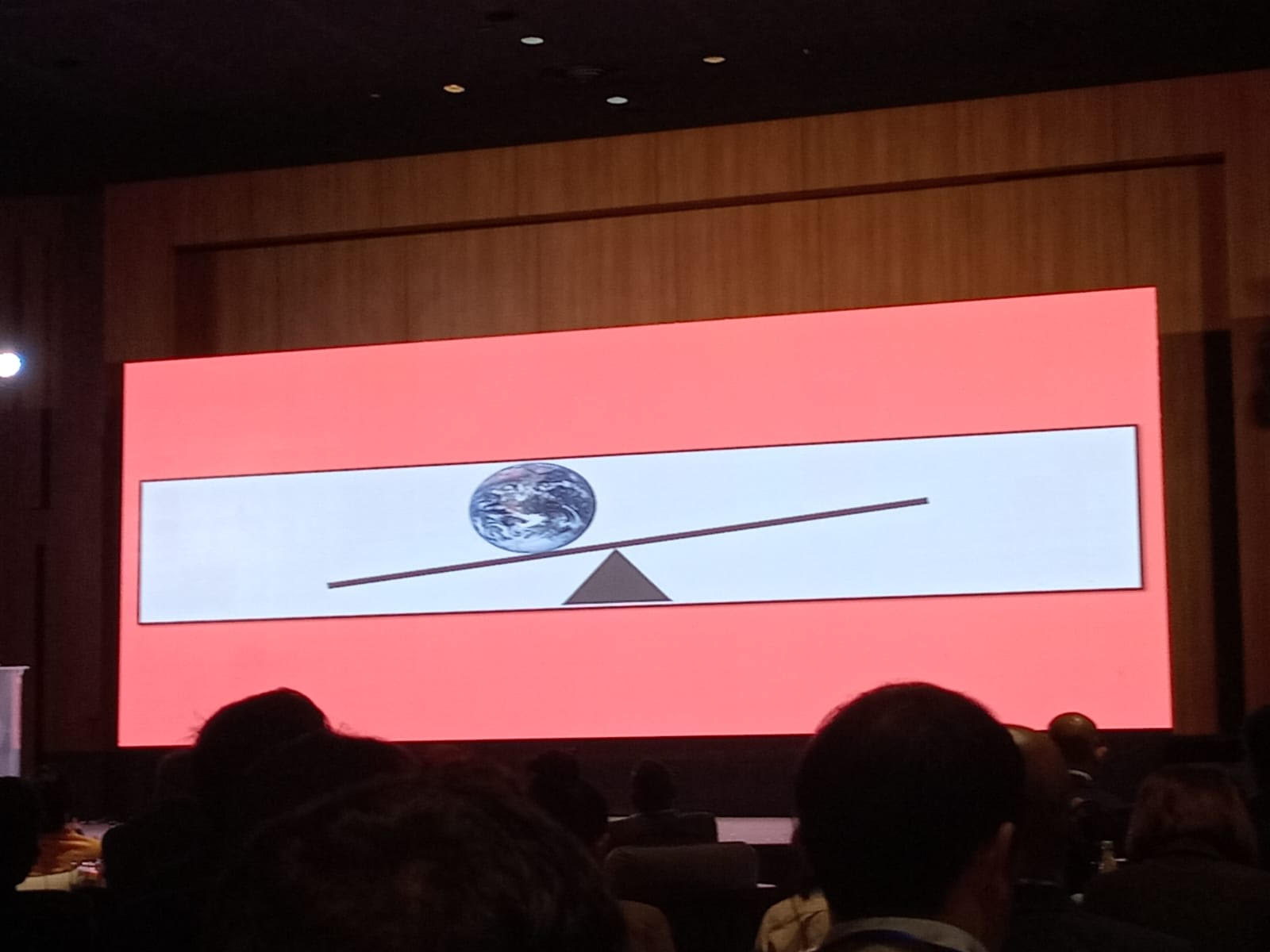
Leading a group of four, Tyler passed the microphone to Nungtida Kamjadpaireepol, a fellow secondary student at Kajonkietsuksa School. “10!” she said, surprising the attendees with such a low number. Expecting the astonishment, Nungtida pursed her lips and added, “But the stings of jellyfish kill 100.”
Another student went on to explain that turtles feed on jellyfish, yet their number is declining due to water pollution. I was floored. I didn’t know about the correlation between turtles and jellyfish with their clear soft bodies.
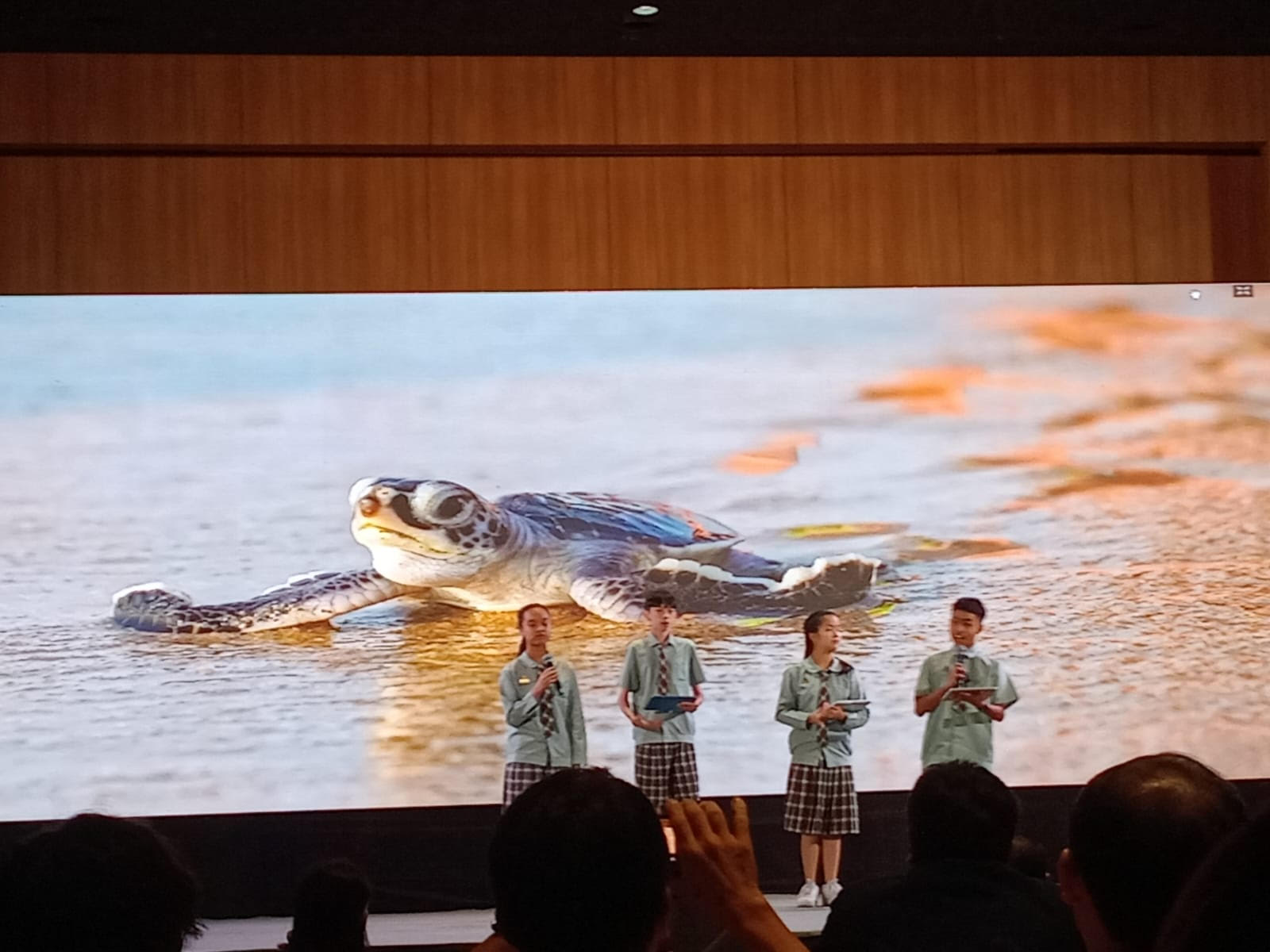
The solution to the increasing number of box jellyfish, bluebottle, and other potentially deadly sea creatures known for their barbed stingers injecting life-threatening venom? Team 3, the secondary students of Kajonkietsuksa School, presented a chart that showed sea water treatment by ultrafiltration – compressors, pistons, membranes, and all. They also suggested raising awareness via social media, connecting the dots of the problem in a bid to balance the ecosystem.

Given the statistics, that’s badly needed. A Texas Disposal Systems article reads that 60 percent of water pollution is attributed to litter. As such, it’s little surprising that over 100,000 whales, dolphins, turtles and other marine wildlife drown after digesting or becoming entangled in plastic. But on an island like Phuket with hundreds of thousands of tourists at any given time, fighting littering is far from child’s play.
During the hackathon, attendees and a commentator team judged the students. The team included Ms Narumon Tamphanuwat, Advisory Phuket Chamber of Commerce; Mr Rangsiman Kingkaew, Vice President Phuket Tourist Association; Ms Ornwijit Chantrangsri, Chief Phuket Passport Office; and Mr Vorapat Upatising from the Committee Sustainable Tourism Development Foundation.
Plastic and cigarette butts resulting in water pollution is not the only thing that gives Mr Sopon Suwannarat, Governor of Phuket province, a headache. Air pollution is another problem on the 543 square kilometre-island, and that’s partly because of litter. According to researchers, some 40 percent of the world’s litter is burnt in the open air, leading to toxic emissions that may result in respiratory issues and more. Surely that was reason enough for Team No. 4 of KT Starlight School to tackle air pollution during their five-minute presentation.
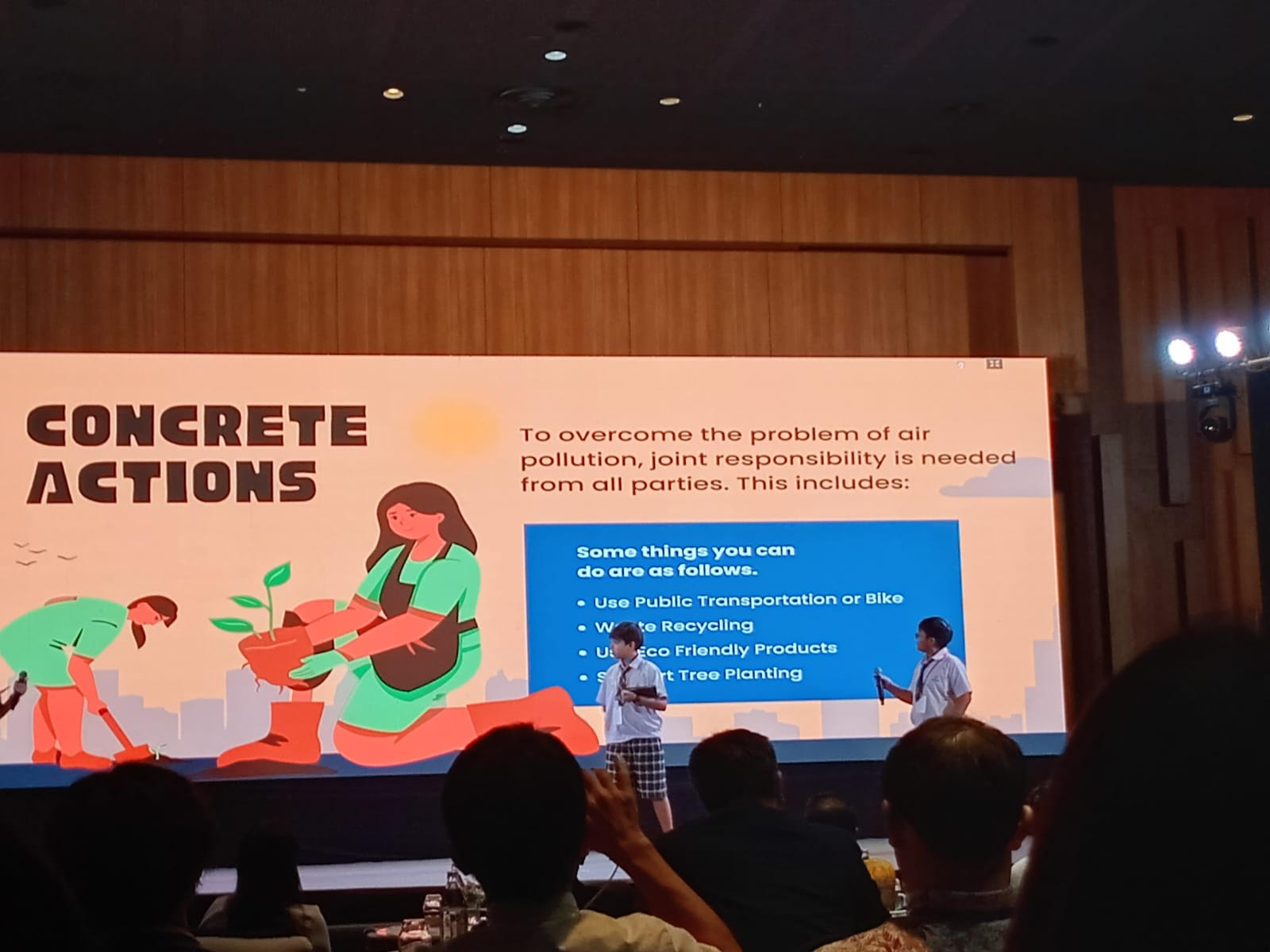
“Save the world like batman,” read a quote on a graphic. What does that translate to nowadays? Highlighting that joint responsibility is required in sustainable tourism, the students encouraged people to use public transport and refrain from smoking in the street. Further solutions, so the kids said, could be more bicycle lanes and “not burning down trees.”
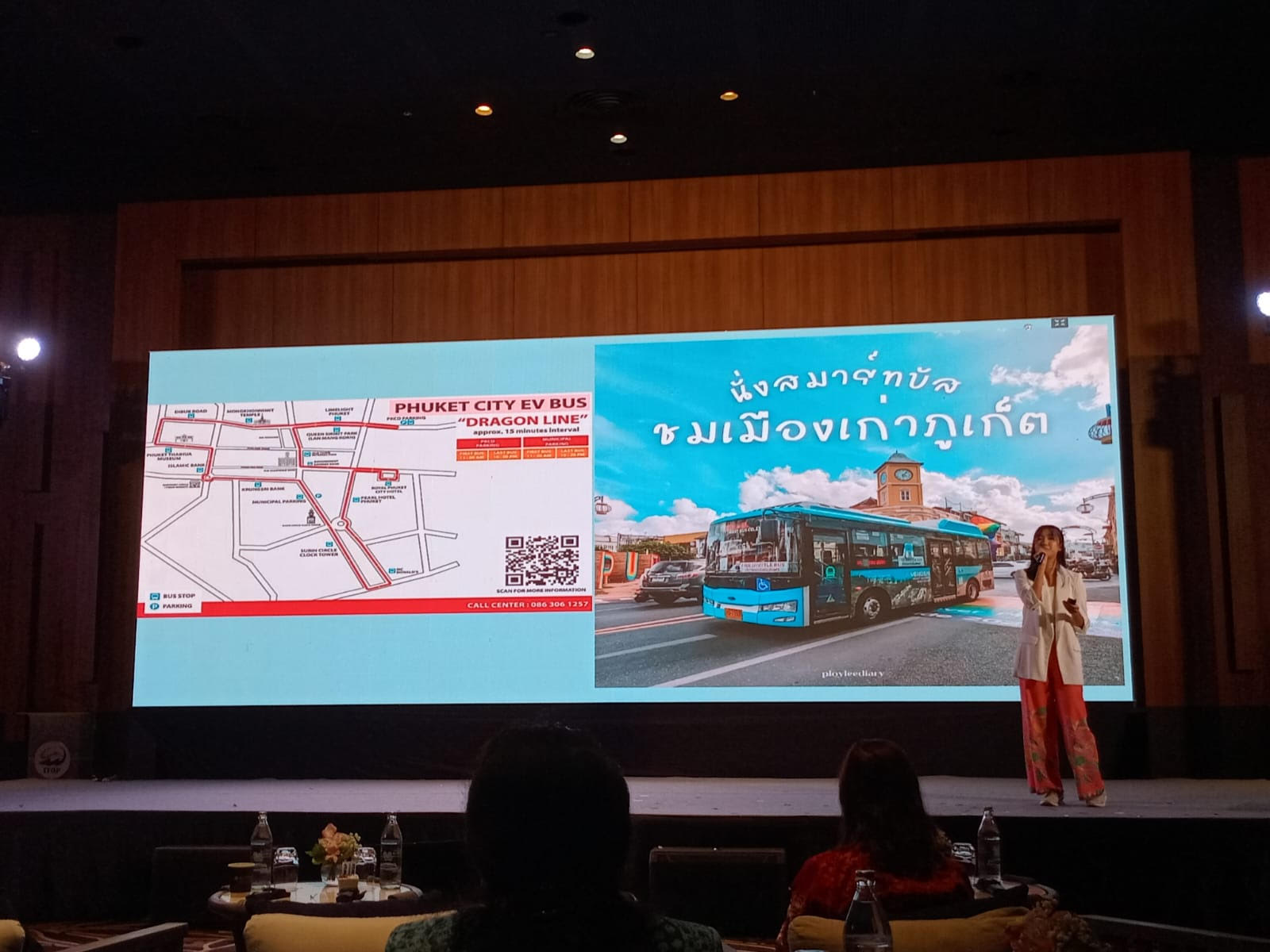
As well as climate change and its impact on tourism, topics discussed by the other three teams included waste water management and bridging gaps in sustainable tourism.
While it’s debatable which of the five teams delivered the best overall performance, one thing is for sure: these fledglings in their light blue school uniforms are far from green behind the ears.
